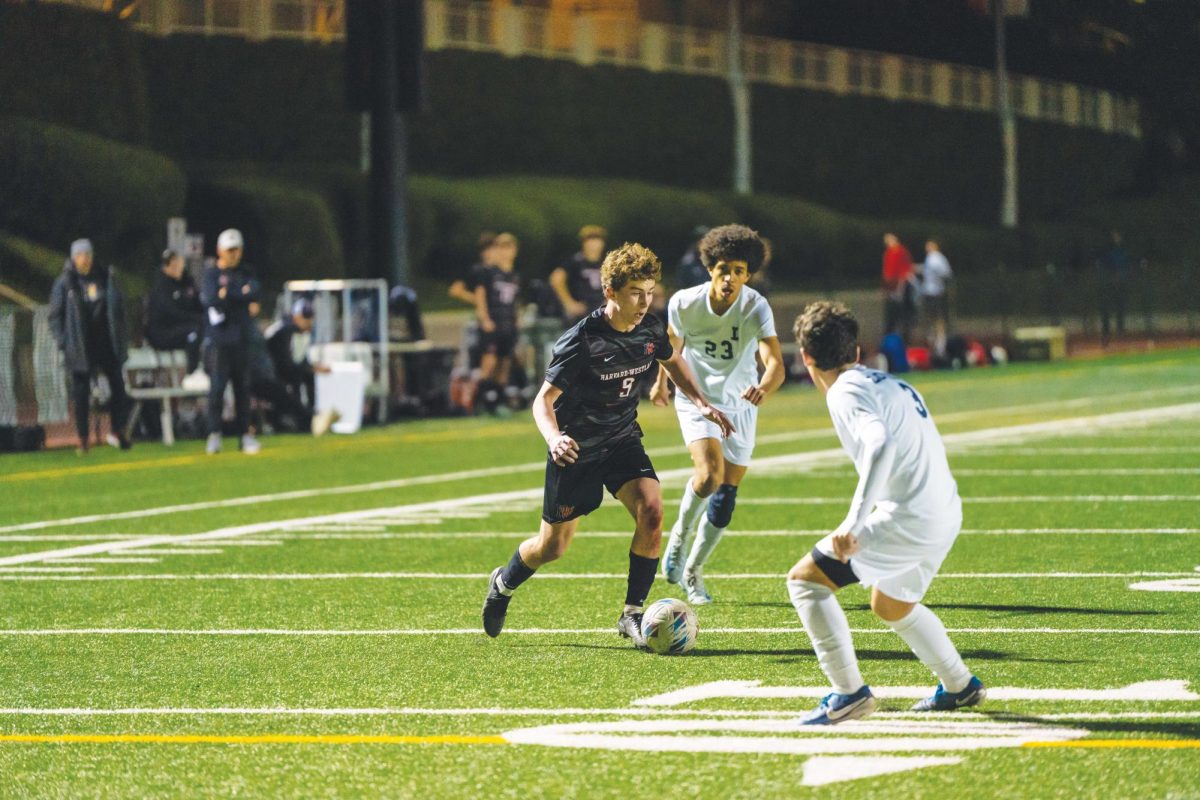Makeup art gains popularity during the Halloween and Day of the Dead, but other artists oppose the validity of the new art form.
On Halloween, Adrienne Usher ’22 strutted down the stage at the school costume contest, modeling not only disco-zombie attire, but also self-applied makeup details. Fake blood and shards of glass, created with a prosthetic makeup SFX, appeared to protrude from her face, completing her gory look.
“I can really express myself through SFX,” Usher said. “Most people don’t know about it or how complicated it is. Once it’s October, I begin to craft my looks and buy SFX supplies in preparation for Halloween and Day of the Dead. With SFX I can make some really horrifying looks.”
SFX is a subset of makeup art, which also includes body painting and cosmetic application for the stage and the runway. Makeup art has recently gained popularity among high school students and young people, especially for Halloween and Day of the Dead, Jasmine Marron ’22 said.
“I usually don’t do makeup art on a daily basis but I like to experiment with makeup for Halloween,” Marron said. “These makeup looks allow me to explore some techniques and styles that I don’t usually practice, while being festive at the same time.”
While Marron creates more makeup looks during the fall, holidays are not the main reason she practices the art, she said.
“I’ve always been interested in makeup art because I find it fascinating how one can transform into something unimaginable with the help of some makeup,” Marron said. “It connects to other arts in so many ways, whether it’s in the depths and volume of the face or trying to create abstract designs with makeup.”
A professional’s perspective
Achieving these looks may seem deceptively easy. Although makeup art can be taught and practiced, because every face is different, no two looks will ever be the same, Patrice Evangeline ’97, a professional makeup artist and owner of Paint by Patrice, said.
“Painting on the face is more difficult because you have to consider color theory, from under eye darkness to variations in skin tone to following the bone structures and eye shape you’re working with,” Evangeline said. “You are not starting with a blank canvas.”
Despite these differences, painter and makeup artist Echo Seireeni ’21 said she takes a similar approach to makeup as she does other art forms.
“For me, ‘makeup art’ isn’t much differentiated from other art that I do,” Seireeni said. “I just like to play around with my hands and makeup is super tactile. You have all these different textures and colors and you’re adapting your look to different faces. The topography of each face is very different. The shape of an eye socket, skin texture, brow thickness and other tiny details are what separate faces and make each of them a unique artistic challenge that warrants a personalized approach. So, just like all forms of interdisciplinary art, you’re changing your techniques and not staying static or always applying the same process to each piece.”
Makeup art is not taught in high school classrooms as traditional visual art is, prompting individuals to learn informally through online platforms, such as YouTube and Instagram, Usher said.
“About three years ago, I was looking up Halloween makeup ideas when I happened upon a YouTuber named Elimacs SFX makeup,” Usher said. “I basically learned from her the basics of SFX makeup. Also, her looks are all low cost, which is amazing if you’re a beginner and just want to make a basic look. From there, it was a lot of research, watching tutorials and trial and error.”
Social media as a platform for sharing
Because makeup art is temporary and cannot be displayed in a gallery, social media serves as an important platform for makeup artists to gain prominence and present their work to a larger audience, Marron said.
“Whenever I finish up a look, I like to take pictures of it and post them on Instagram,” Marron said. “Social media is a great way to share your artwork while gaining inspiration from other makeup artists.”
Due to the nature of social media, makeup artists often edit their posts digitally to make their work appear artificially flawless, Evangeline said.
“It can be frustrating that amateur YouTube artists are using filters, Photoshop and huge amounts of foundation and concealer,” Evangeline said. “It’s not realistic, and these looks, in reality, are unattainable. When they do this, it makes it hard for people to take the industry and the art form seriously.”
Trained SFX makeup artist Em Singband said that they use their makeup to express their opinions and raise awareness on social media about issues that are meaningful to them.
Spreading a message
“In my work, I try to express feelings and things that I feel are important, such as ‘commenting’ on gun violence or expressing LGBT pride,” Singband said.
Evangeline said that her career as a makeup artist has allowed her to forge new relationships with others.
“A lot of my clients have become close friends of mine,” Evangeline said. “You never know who you’re going to meet. When I do services on people, we often talk candidly. The process of applying makeup is undeniably personal and in my experience, I find that people want to open up.”
For students who primarily refrain from doing makeup art every day, each look is meant to convey feelings and its application provides a relaxing and reflective experience, Phelan said.
“If I had more time, I would do makeup art every day,” Phelan said.































